If you’re looking for a new siding material for your house, fiber cement may be worth considering. This material has been growing in popularity in recent years, and for good reason! It has many benefits that other materials cannot match. In this blog post, we will discuss all of the important things you need to know about fiber cement siding. In this guide, we’ll touch on topics like installation, upkeep, and how much it’ll set you back. So if you are considering this type of siding for your home, read on!
What Is Fiber Cement Siding?
As an alternative to vinyl siding, aluminum has been used since the 1980s. Fiber cement siding has many of the same benefits as vinyl siding, but it is more durable and less likely to crack or chip. You can find fiber cement siding in an array of colors to fit any home’s exterior style, and you further have the option to paint or stain it.

Fiber cement siding is a combination of Portland cement, wood fiber, and sand. The wood fiber gives the material strength and flexibility, while the Portland cement provides durability and resistance to weathering. Fiber cement siding is available in a range of thicknesses and widths and may be trimmed to match any house’s exterior.
Fiber cement siding is a durable, low maintenance option for homeowners. It is resistant to fire, termites, and rot, and can last for decades with proper care. Fiber cement siding, on the other hand, is simple to maintain and does not require painting or staining like wood siding. Although fiber cement siding is more expensive to install than other types of siding, it will last much longer, making it a wiser investment in the long run.
If you want fiber cement siding for your home, get a professional installer to do the job right. [1]
Why Use Fiber Cement Siding?
Fiber cement siding has several advantages and is a popular choice among homeowners. It is durable, low maintenance, and can be painted or stained to match any home’s exterior. Fiber cement siding is also fire resistant and termite proof, making it a great choice for those who live in areas prone to these pests. Though fiber cement siding does have a bigger upfront price tag, it pays off in the long run because it lasts much longer.
Your fiber cement siding will give years of beauty and protection to your house if it is installed and maintained correctly.
What Is Fiber Cement Made of?
Fiber cement siding is a durable, eco-friendly material made of sand, cement, and cellulose fibers. Today, fiber cement siding is one of the most popular sidings on the market due to its durability and low maintenance requirements. [2]
How Much Does Fiber Cement Siding Cost?
Fiber cement siding is an excellent investment for your home. It’s long-lasting and low-maintenance, so you’ll save money in the end. Although fiber cement siding is a great option, it is important to be aware of the cost before making a final decision.
Generally, fiber cement siding costs between $0.50 and $0.75 per square foot for installation. This includes both materials and labor costs. However, the total cost will vary depending on the size and complexity of your project. Fiber cement siding is a big investment, but it can pay off in the long run. Contact a local contractor for an estimate on your project today! [3]
How Long Does It Last?
Fiber cement siding outlasts most other types of siding. With a lifespan of 50 years, you won’t have to replace it anytime soon. That said, it’s important to note that fiber cement siding is not immune to damage. It can be scratched or dented, and it may discolor over time if it’s not properly sealed or painted.
Still, with proper care and maintenance, your fiber cement siding will last for many years to come.
Things You Need to Know When Using Fiber Cement Siding
Trim
Trim and flashing are two vital details of any siding project, including fiber cement sidings. Fiber cement is flexible, but it is also fragile and may fracture under stress or during installation if handled incorrectly. That’s why it’s important to use trim and flashing that are made specifically for fiber cement siding in order to avoid issues down the road.
Layout and Installation
When it comes to fiber cement siding, the layout and installation are critical. If done improperly, fiber cement can crack or break, which can lead to costly repairs. That’s why it’s important to follow the manufacturer’s instructions carefully and to have a professional handle the installation if possible.
Caring for Fiber Cement Siding
Although fiber cement siding is a low-maintenance option, it will still need occasional tender loving care to keep it looking at its best. Regular cleaning with a soft brush or hose will help remove any dirt or debris that has accumulated on the surface. For tougher stains, you may need to use a pressure washer or special cleaner designed for fiber cement siding.
And if you notice any cracks or damage, it’s important to repair them as soon as possible to avoid further issues.
Fiber Cement in Different Climates
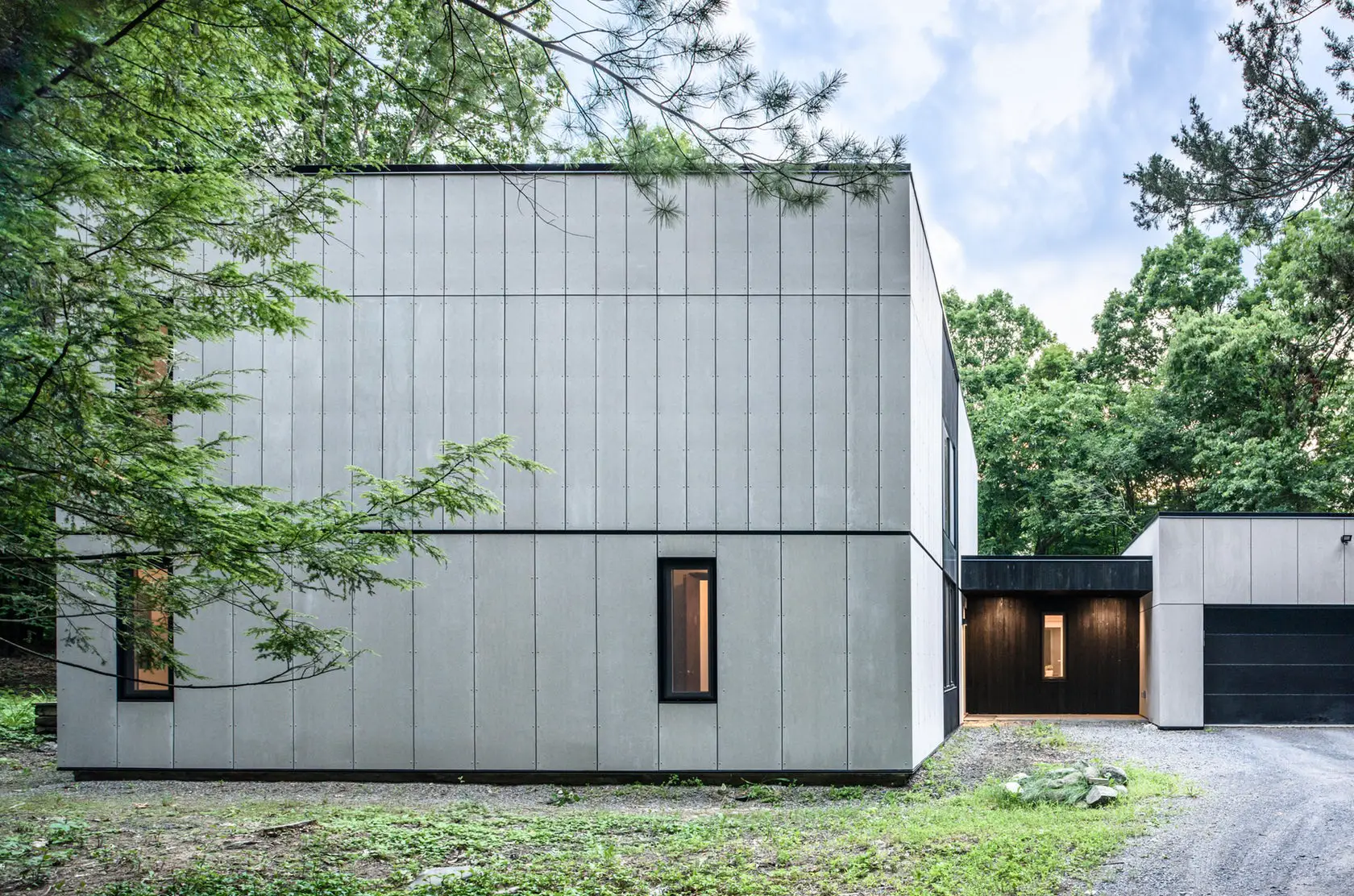
Fiber cement siding is an excellent choice for homeowners in different climates. It is durable and can withstand high winds, as well as being fire resistant. Fiber cement siding is also termite resistant, making it a good choice for homes in areas where these pests are common. Another advantage of fiber cement siding is that it does not rot or warp, so it can last for many years with proper care and maintenance.
How Much to Buy?
Most fiber cement siding is sold in panels, which are then cut to size and installed on the home. The amount of siding you’ll need will depend on the size and style of your home.
To calculate how much siding you’ll need, first measure the square footage of your home’s exterior. Then, consult a siding specialist or contractor to determine how many panels you’ll need to purchase.
Keep in mind that you may also need to purchase trim and other materials to complete your project. When budgeting for your project, be sure to factor in the cost of these additional materials.
How to Install Fiber Cement Siding?
Installing fiber cement siding is not a difficult task, but there are a few things you should know before getting started. Here are the basics of how to install fiber cement siding:
- Start by removing any existing siding from your home. This may require the use of a power washer or other heavy-duty equipment.
- Once the old siding is removed, you’ll need to install a water and vapor barrier. This will help protect your home from moisture damage.
- Next, you’ll need to cut the fiber cement panels to size and install them on your home. Be sure to use rust-resistant nails or screws when attaching the panels.
- Finally, you’ll need to caulk all the seams and joints to further protect your home from moisture damage.
Installing fiber cement siding is a relatively easy process, but it’s important to follow these steps carefully to ensure the best results. With proper installation, fiber cement siding can provide your home with lasting protection against the elements. [4]
Ways to Customize Your House Siding Options

Shingles and Clapboards
One of the most popular ways to customize your home’s siding is with shingles and clapboards. You can choose from a variety of colors, textures, and materials to create the perfect look for your home.
Brick and Stone
Another great way to customize your home’s siding is with brick or stone. You can pick from an array of colors, materials, and textures to make the ideal appearance for your house
Decorative Shingles
One of the most popular decorative siding options for fiber cement is decorative shingles. Decorative shingles can give your home a unique look that is both classic and modern. There are many different styles of decorative shingles to choose from, so you can find the perfect look for your home. Decorative shingles are also a great option if you live in an area with high winds. The added weight of the shingles helps to keep your home better anchored against high winds.
Board-and-Batten
Another popular decorative option for fiber cement siding is board-and-batten.
Board-and-batten is a classic look that has been used on homes for centuries. This look is created by installing boards horizontally across the home and then adding vertical battens over the joints between the boards. Board-and-batten can give your home a rustic look or a more modern look, depending on the style of boards and battens you choose.
Sunburst
If you want to add a touch of elegance to your home, you may want to consider sunburst siding. Sunburst siding is created by installing boards in a sunburst pattern. This pattern can be created with either horizontal or vertical boards. Sunburst siding is a great way to add character to your home and make it stand out from the rest.
How Often Should You Paint Fiber Cement Siding?
Many experts recommend painting fiber cement siding every five to seven years. Of course, this will depend on the climate you live in as well as other factors such as how much sun your home gets and whether or not you have any trees or shrubs near your house. If you live in an area with a lot of rain, you may need to paint more often. You should also inspect your siding regularly for any cracks or chips and repair them as soon as possible. [5]
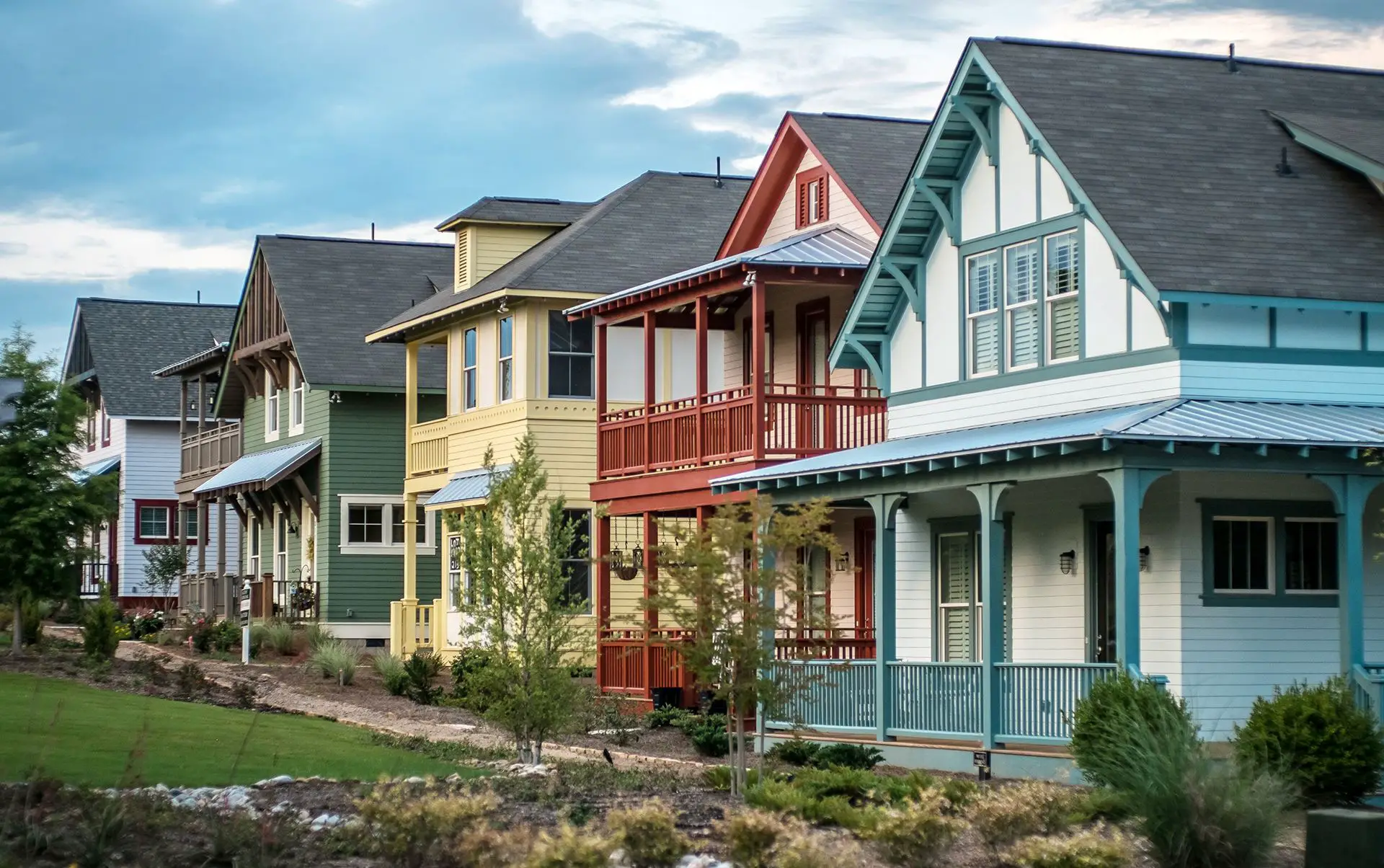
FAQ
What are the disadvantages of fiber cement siding?
One of the main disadvantages of fiber cement siding is that it is more expensive than other types of siding, such as vinyl. Additionally, fiber cement siding can be difficult to install, and it requires special tools and skills. Finally, fiber cement siding is not as flexible as other types of siding, so it may crack or break if not installed properly.
What are the advantages of fiber cement siding?
Fiber cement siding has a number of advantages over other types of siding. First, it is extremely durable and resistant to fire, rot, and pests. Additionally, fiber cement siding is low maintenance and does not require painting or staining. Finally, fiber cement siding can be customized to match the style of any home.
How much does fiber cement siding cost?
Fiber cement siding costs between $0.50 and $0.70 per square foot, making it one of the more expensive types of siding available. However, the durability and low maintenance requirements of fiber cement siding often offset the initial cost.
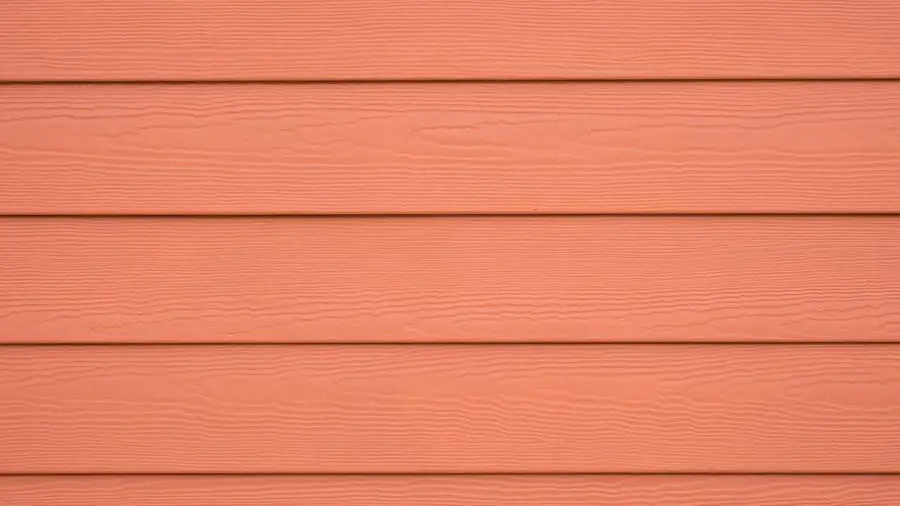
Is fiber cement siding worth the investment?
Fiber cement siding is a durable, low-maintenance option that can significantly increase the value of your home. If you are planning to sell your home in the near future, fiber cement siding is definitely worth the investment.
What are some alternatives to fiber cement siding?
Some alternatives to fiber cement siding include vinyl siding, wood siding, and brick siding. Each of these options has its own advantages and disadvantages, so be sure to do your research before making a final decision.
How long does fiber cement siding last?
Fiber cement siding can last for decades with proper care and maintenance. However, the lifespan of fiber cement siding will vary depending on the quality of the product and the environment in which it is installed.
What are some tips for installing fiber cement siding?
Installing fiber cement siding is a challenging project that should only be attempted by experienced professionals. If you are considering installation, be sure to get multiple quotes from qualified contractors. Once you have selected a contractor, be sure to review the contract carefully and ask any questions that you may have before signing.
Are there any special considerations for homes in hurricane-prone areas?
If you live in a hurricane-prone area, it is important to choose a type of siding that can withstand high winds. Fiber cement siding is an excellent option for homes in hurricane-prone areas because it is extremely durable and resistant to wind damage.
What are some common fiber cement siding problems?
Common fiber cement siding problems include cracking, chipping, and fading. Additionally, fiber cement siding may suffer from water damage if it is not installed properly. If you experience any of these problems, be sure to contact a qualified contractor for repairs.
Installing fiber cement siding is a challenging project that should only be attempted by experienced professionals. If you live in a hurricane-prone area, it is important to choose a type of siding that can withstand high winds. Fiber cement siding is an excellent option for homes in hurricane-prone areas because it is extremely durable and resistant to wind damage. If you are planning to sell your home in the near future, fiber cement siding is definitely worth the investment.
Does fiber cement siding need to be primed before painting?
No, fiber cement siding does not need to be primed before painting. You can paint it however you like! Just make sure to use a good quality exterior paint and follow the manufacturer’s instructions.
How often do you have to paint fiber cement siding?
It really depends on the climate and exposure to the elements. In general, though, you should expect to paint fiber cement siding every five to ten years.
Is priming fiber cement siding necessary before painting it?
No, priming is not necessary. You can paint the siding without primer, but we recommend using a good quality exterior paint and following the manufacturer’s instructions.
Should fiber cement siding be caulked?
Fiber cement siding should be caulked at all joints and seams to prevent water infiltration.
- The caulk should be applied to the top edge of the bottom course of siding, behind all trim, and at all joints between pieces of siding.
Does fiber cement siding increase home value?
The short answer is yes, fiber cement siding can most definitely increase your home’s value.
Useful Video: Will it Burn? Fiber Cement vs. the Rest | Siding Comparison
Conclusion
Fiber cement siding is a great option for homeowners who want the look of wood without the maintenance. It’s also fire-resistant and termite-resistant, making it a wise investment for your home. When installed correctly, fiber cement siding can last for decades. So if you’re looking for a durable, low-maintenance siding option, fiber cement may be the right choice for you. Thanks for reading! We hope this article was informative and helpful. If you have any questions or comments, please feel free to leave them below. We’ll do our best to respond as quickly as possible.
Happy remodeling!
References
- https://www.jameshardie.com/blog/what-is-fiber-cement-siding
- https://www.highperformancehomesinc.com/blog/siding/fiber-cement-siding-myths-and-the-truth-behind-them/
- https://www.homeadvisor.com/cost/siding/fiber-cement-siding/
- https://www.familyhandyman.com/project/how-to-install-fiber-cement-siding/
- https://www.bobvila.com/slideshow/10-siding-options-to-beautify-your-home-45819










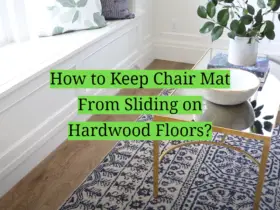
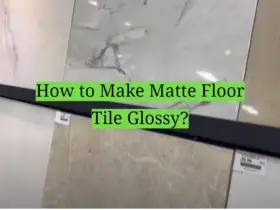

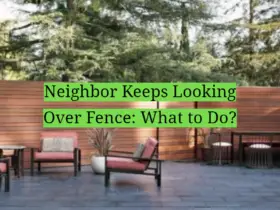
Leave a Reply